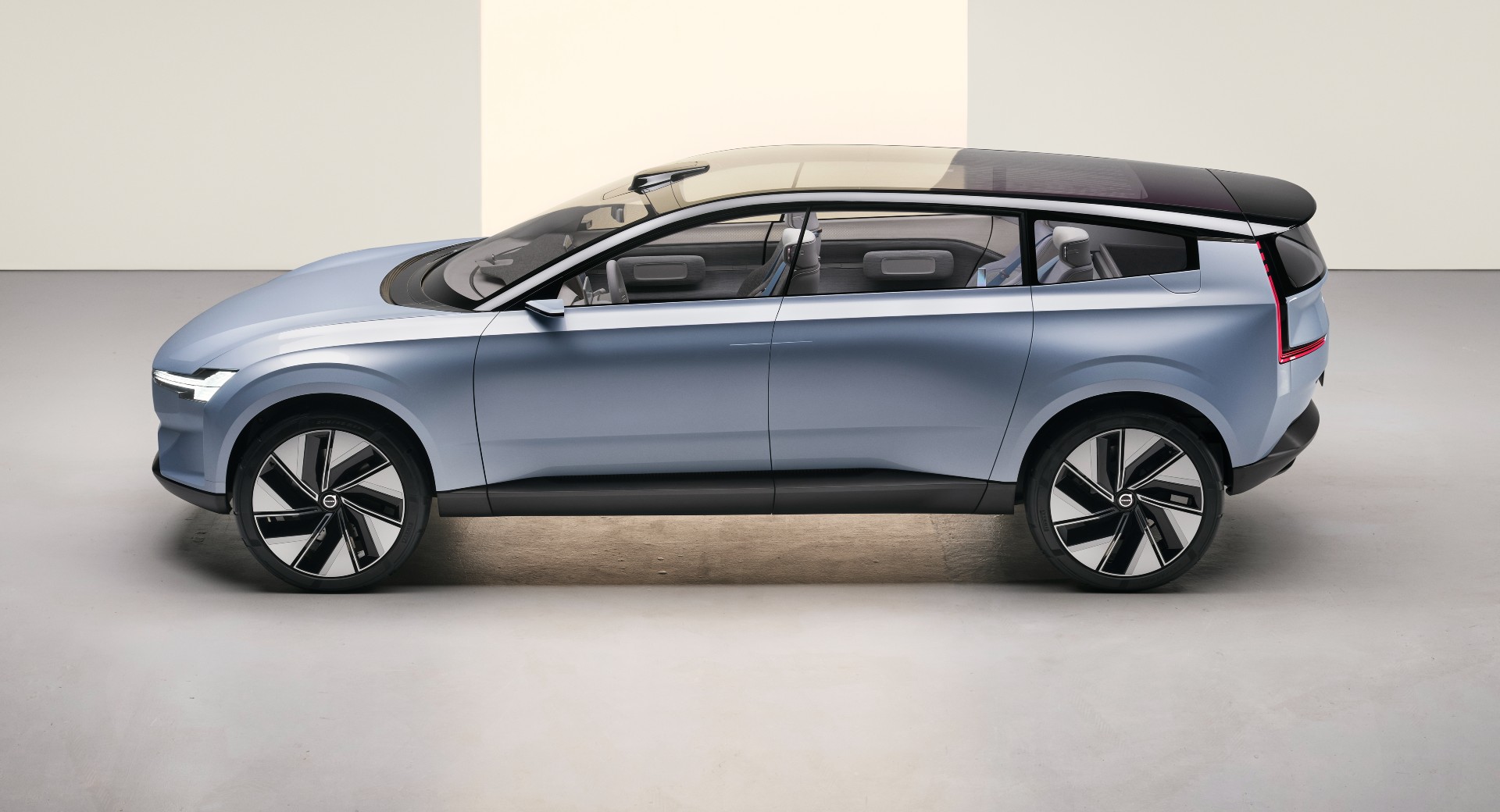
Volvo's Performance, Efficiency, Safety, and Tech Are a Class Above
Both the Volvo XC90 and the Audi Q7 are both good options for luxury SUVs. But which one comes out on top? At Smythe Volvo, we are confident the XC90 is the superior model. Let's get into why!
Performance and Engine Options
The Q7 offers 2 choices for the engine, while the XC90 offers 4 powertrain options. All of the Volvo engines are 2.0-liter, 4-cylinder engines. We are going to highlight a few of these options:
The T5 engine, for example, is available on the XC90 in both front- and all-wheel-drive, and turbocharges the power to 250-hp. If you're looking for even more power, we've got you covered! The T8e is a plug-in hybrid engine, available on the XC90, that creates a whopping 400-hp and 472-lb-ft, thanks to the electric engine!
The Audi 2.0-liter turbo reaches 248-hp and the 3.0-liter turbo V6 has 355-hp. Given its size, this number is disappointing, especially compared with the Volvo. When we're talking about powerful engines, the Volvo is the clear winner.
Fuel Economy
The Volvo's T5 engine and front-wheel-drive provides 21 mpg in the city, 30 on the highway, and 25 combined. All-wheel-drive puts those numbers at 20/27/23. The Volvo's T8e engine option has an all-electric range of 18 miles, and 27 combined after that. The miles per gallon gasoline equivalent, or mpge, is rated at 55 by the EPA.
The Audi, on the other hand, is estimated to reach 19 mpg city, 23 highway and 21 combined on its smaller engine. On the larger, V6 engine, it should reach 17/21/18.
While both brands use premium gasoline, due to their luxury status, the Volvo once again proves to come out on top in terms of fuel economy.
Safety
Safety is one of the features car owners should not skimp on. The Volvo brand has always made safety a top priority, which can be seen through the array of standard features available on the XC90. This model comes with adaptive cruise control, Pilot Assist, lane guidance, rear parking sensors, blind-spot and cross-traffic alerts, road sign info, collision mitigation, and seat belt minders.
These safety features are not standard on the Audi. While you can still find cruise control, traffic sign info, and blind-spot alerts on the Q7, these are only available on higher trim levels.
Because these safety features are standard for Volvo, as we believe they should be, the XC90 wins here too.
Technology
The XC90 comes equipped with a 12-inch digital instrument display and a 9-inch touchscreen infotainment system. These features provide advanced connectivity and communicate data intuitively. The XC90 also offers the option of a head-up display, which does a great job of keeping you connected. There is also an available Bowers & Wilkins® premium sound system, which surrounds you with immersive sound. Volvo even has an app that allows you to remote start and pre-climatize your vehicle.
The Audi offers similar features, but fails to reach the same standard. For example, while it features a 12.3-inch virtual cockpit instrument display and an available Bang & Olufsen® premium audio system, it lacks the customizable power steering response, rain-sensing wipers, and more, which the XC90 provides.
Both of these SUVs have a spot in the luxury space, but only one can come out on top. The Volvo has better engine options, fuel economy, safety features, and standard tech, all of which we think are very important aspects of a vehicle. If you are interested in the XC90, visit us at Smythe Volvo or schedule a test drive!
_____________